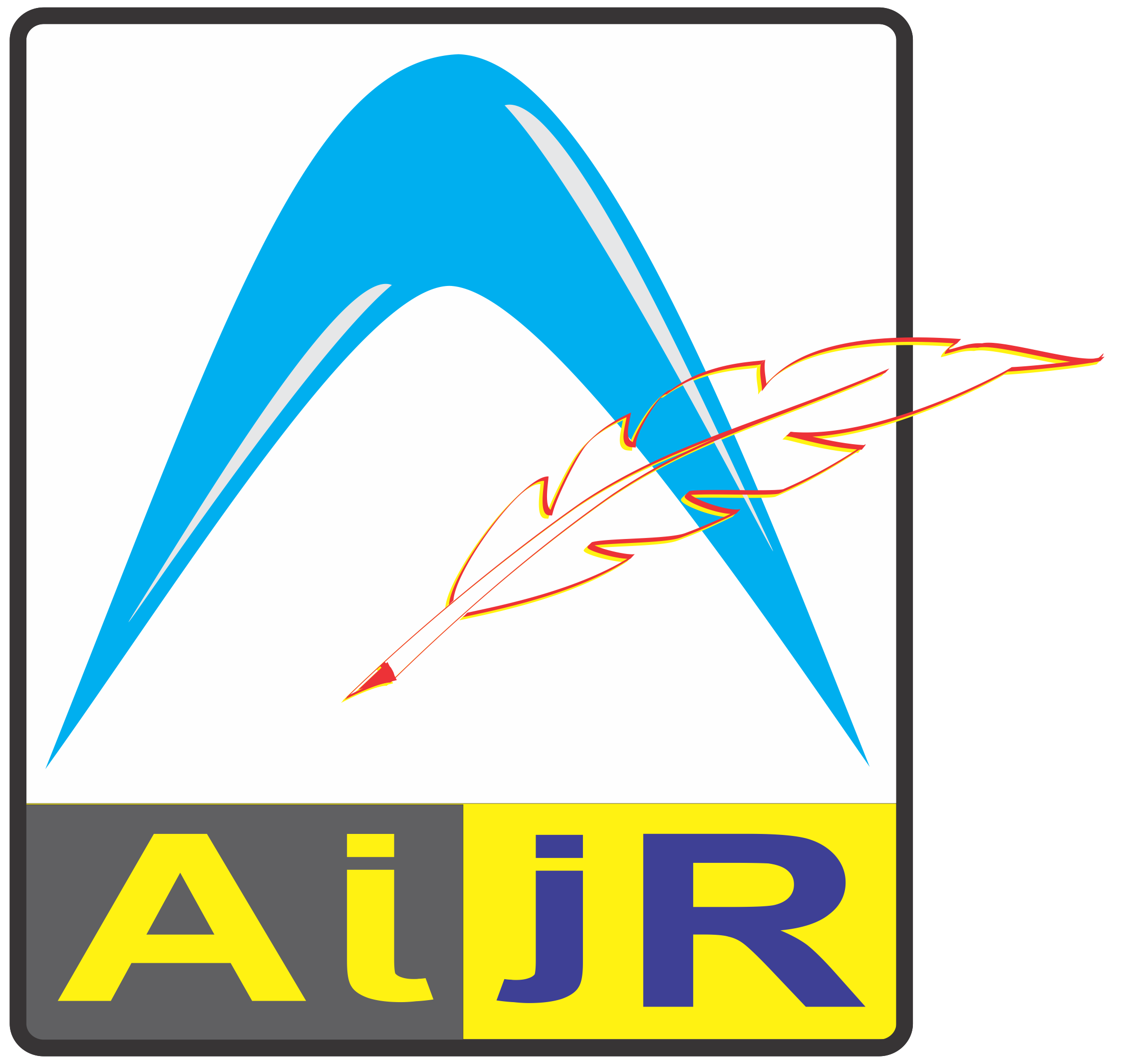Participant Consent
Research involving human participants require consent as a part of ethical consideration. Appropriate informed consent and permissions must be obtained where human participants and their personal information or images involved in order to comply with various applicable laws and regulations concerning the privacy and/or protection of personal information. Manuscript, where human participants involved, must contain a statement of informed consent in accordance with the following-
Patient Consent
All authors should ensure that the conducting and reporting of human research are in accordance with the Helsinki Declaration as revised in 2013. All authors should obtain ethical approval /exemption letter to conduct such research from an independent local, regional or national review body (e.g., ethics committee, institutional review board). The individual, patient, legal guardian or person with legal authority must give his/her explicit written consent. Written consents must be retained by the author and copies of the consents or evidence that such consents have been obtained must be provided to AIJR publication on request. The author should ensure that-
- Each individual, or the individual’s legal guardian or an
other person with legal authority to act on the individual’s behalf who appears in any video, recording, photograph, image, illustration or case report (or in any other identifiable form) is made aware in advance of the fact that such photographs are being taken or such video, recording, photograph, image, illustration or report is being made, and of all the purposes for which they might be used, including disclosure to the publisher. - The form of written consent complies with each requirement of all applicable Data Protection and Privacy Laws. Particular care should be taken with obtaining consent where children are concerned (in particular where a child has special needs or learning disabilities), where an individual’s head or face appears, or where reference is made to an individual’s name or other personal details.
- In the case of a child, if parents or guardians disagree on the use of the images of that child, then consent should be deemed not to have been given and those images should not be used. It is also important to ensure that only images of children in a suitable dress are used to reduce the risk of images being used inappropriately.
Even if informed consent has been obtained, care must be taken to ensure that the portrayal and captioning of the individual concerned are respectful and could not be seen as denigrating that individual.
Special considerations
- Patients’ and research subjects’ names, initials, hospital or social security numbers, dates of birth or other personal or identifying information should not be used.
- Images of patients or research subjects should not be used unless the information is essential for scientific purposes and explicit permission has been given as part of the consent. Even where consent has been given, identifying details should be omitted if they are not essential.
- If consent has not been obtained, it is generally not enough to
anonymise a photograph simply by blurring the face of the individual concerned. - If identifying characteristics are altered to protect anonymity, authors should provide assurances that such alterations do not distort scientific meaning.
Non-identifiable images
Formal consents are not required for the use of entirely
Respondent Consent
For surveys/questionnaires that pose a minimal risk to participants, a simple consent paragraph should be included. All prospective participants must have the opportunity to give informed consent before entering a research project; however, a signed consent form is not necessary. Participants should still be given the same type of information (e.g. voluntary participation, risks, confidentiality/ anonymity, right to withdraw). Whilst participants are not signing a separate consent form, consent is obtained by completion of the survey. The cover page of surveys/questionnaires should consist of an information letter and a statement that by filling out and returning the survey, the participant gives their informed consent. Participants should be encouraged to tear off the cover page and retain it for their records. In most instances of survey research that is of minimal risk, completion of the questionnaire or survey instrument will be accepted as evidence of consent to participate.
Special consideration for online surveys
- The first window of the survey should consist of an information statement and a statement such as “By entering the survey, I indicate that I have read the information provided and agree to participate.” A print button should be provided, and participants should be encouraged to print a copy or save a pdf of the consent information for their records. It should also restate at the end of survey questions that participants have the right to withdraw, but that by submitting they are agreeing to participate.
- Online surveys cannot normally be designated as being anonymous. Even where participants are not being asked to provide their name, other information, e.g. gender, department, and IP address, can potentially be used to identify individuals. As such it is more accurate to describe online survey data collection as ‘confidential’, meaning that researchers will implement appropriate procedures to maintain the confidentiality of participant data.
- It should be noted that the policies underpinning third-party survey software companies differ (Survey Monkey, Bristol Online Survey), and researchers must make themselves aware of the policies of their chosen survey tool and, as appropriate, convey this information to participants.
As applicable to your research design, information letter or contents of the first survey window containing the required information must be submitted with the manuscript.
